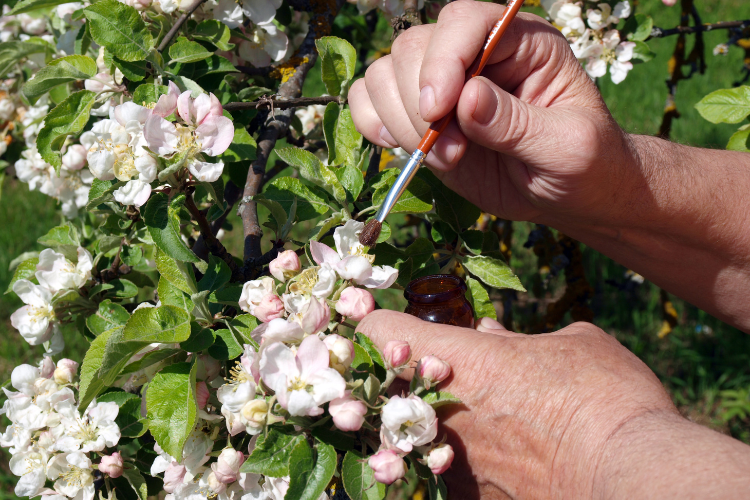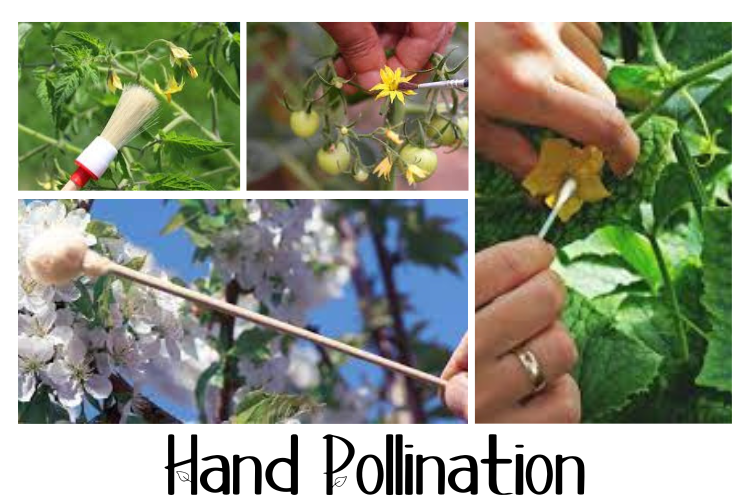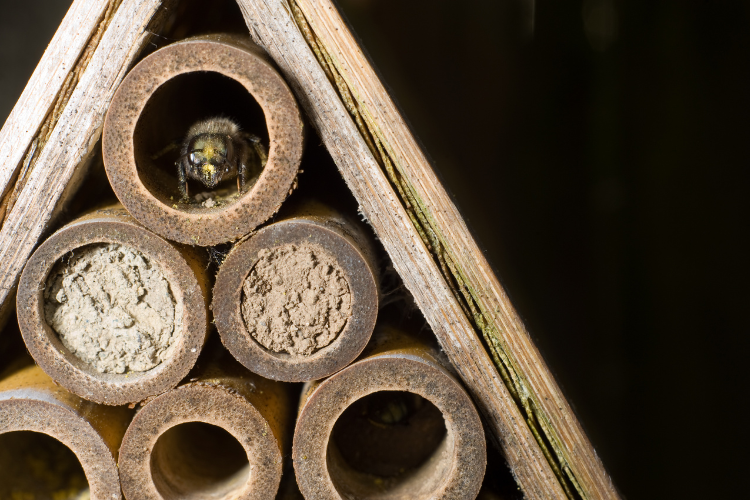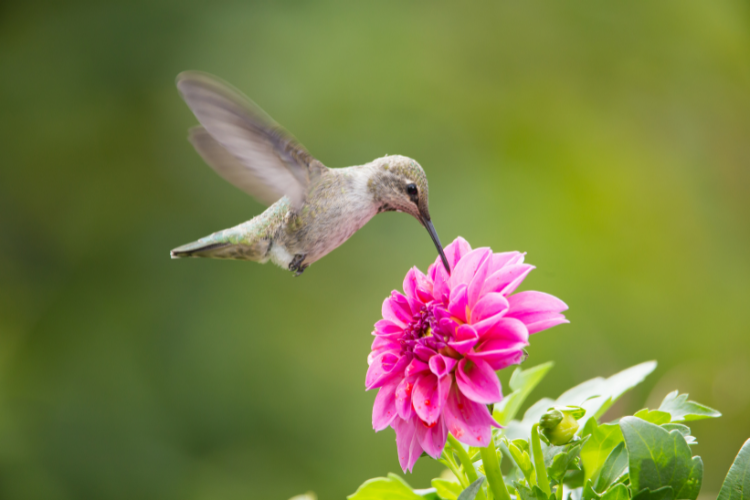
If you’ve ever wondered how to ensure successful pollination for your plants in a greenhouse, look no further. In this article, we will explore various methods that can help you achieve optimal pollination rates and maximize your plant yield. From manual techniques to natural solutions, we will delve into practical strategies that will surely transform your greenhouse into a bustling hub of thriving pollinators. So, whether you’re a seasoned gardener or just starting your greenhouse adventure, read on to discover the secrets behind effective plant pollination in a controlled environment.
Methods for Pollinating Plants in a Greenhouse
If you’re wondering how to pollinate plants in a greenhouse, you’re in the right place! Greenhouses are a great way to grow plants year-round and create an ideal environment for them. However, since greenhouses don’t have the natural wind or insect activity found in outdoor environments, pollination can become a challenge. Fortunately, there are several methods you can use to successfully pollinate your plants. Let’s explore some of these methods together.
Hand Pollination
One of the most straightforward methods for pollinating plants in a greenhouse is hand pollination. This involves manually transferring pollen from the male reproductive part of a flower (stamen) to the female reproductive part (pistil). To do this, you can use a small brush, cotton swab, or even your finger.
When hand pollinating, it’s important to identify the flowers that need pollination and have both male and female parts. Gently brush or touch the stamen of the male flower to collect the pollen, then transfer it to the stigma of the female flower. Repeat this process for each flower you want to pollinate.
Hand pollination allows for precise control over the pollination process and ensures that every flower receives the necessary pollen. It can be particularly effective for small plants or when trying to obtain specific seed varieties.
Wind Pollination
Wind pollination occurs naturally in outdoor environments, but it can be replicated in a greenhouse to support plant pollination. This method requires creating air movement within the greenhouse to mimic the effects of wind.
To facilitate wind pollination, you can use fans strategically placed throughout the greenhouse. By adjusting the speed and direction of the fans, you can create gentle airflow that helps in spreading the pollen around. It’s important to ensure that the fans are not too strong, as excessive airflow can damage delicate flowers or disturb plants.
Remember that wind-pollinated plants typically have light, dusty pollen that is easily dispersed. Therefore, if you have wind-pollinated plants in your greenhouse, promoting air circulation is crucial for successful pollination.

Natural Insect Pollination
While greenhouses lack natural insect activity, it is possible to encourage insect pollinators inside the enclosed space. Certain insects, such as bees and butterflies, are natural pollinators and can help ensure successful pollination in a greenhouse setting.
To attract insects, you can introduce flowering plants that are known to attract pollinators. By selecting a variety of plants that bloom at different times, you can provide a continuous food source for the insects. Be mindful of selecting plants that are suitable for your greenhouse conditions.
Bumblebee Pollination
Bumblebees are excellent pollinators, and their large size and ability to buzz pollinate make them an ideal choice for greenhouse environments. Buzz pollination is a technique where bumblebees vibrate their wing muscles to help dislodge stubborn pollen from the flowers.
To introduce bumblebees into your greenhouse, you can purchase or rent bumblebee colonies specifically bred for pollination purposes. These colonies are usually contained within special boxes or hives, allowing the bees to freely move around the greenhouse and pollinate the plants. Ensure that your greenhouse environment provides suitable nesting habitats for bumblebees.

Honeybee Pollination
Honeybees are famous for their role in pollination, and they can also be utilized in greenhouse settings. Similar to bumblebees, honeybees are efficient and effective pollinators.
To attract honeybees, you can plant flowers outside the greenhouse to create a food source and encourage their presence. Beehives can be set up near the greenhouse, allowing the bees to freely navigate in and out. Ensure that your greenhouse has appropriate ventilation to prevent overheating, as high temperatures can be harmful to bee colonies.
Mason Bee Pollination
Mason bees are solitary bees that are gentle and efficient pollinators. They are smaller than bumblebees or honeybees but still contribute to successful pollination in a greenhouse.
To attract mason bees, you can provide nest boxes or tubes that mimic their natural nesting habitats. These bees are excellent pollinators for small spaces, and their presence can greatly benefit your greenhouse plants.

Butterfly Pollination
Butterflies are not as efficient as bees in pollination, but they still play a role in the process. If you have butterfly-friendly plants in your greenhouse, these beautiful insects can assist in pollinating certain flowers.
To attract butterflies, you can plant nectar-producing flowers that are specifically appealing to them. Butterflies are attracted to bright, colorful flowers with a flat landing platform. By incorporating such plants in your greenhouse, you can increase the chances of butterfly pollination.
Hummingbird Pollination
Hummingbirds are known for their ability to hover in mid-air and their long beaks, which allow them to access flower nectar. These birds can also act as pollinators, especially for plants with tubular-shaped flowers.
To attract hummingbirds into your greenhouse, you can hang hummingbird feeders filled with a sugar solution. Additionally, plant flowers with bright, tubular blooms that are rich in nectar. The presence of hummingbirds can be a delightful addition to your greenhouse while ensuring successful pollination.

Artificial Pollination
In some cases, artificial pollination may be necessary if natural pollinators are not available or feasible for your greenhouse. This method involves manually transferring pollen using a small tool like a brush, cotton swab, or even an electric vibrator.
Artificial pollination is particularly useful for plants with complex flower structures or those that require specific pollen placement. By carefully and manually pollinating these flowers, you can ensure successful fertilization and fruit or seed development.
Electric Vibrators
Electric vibrators, also known as pollinators, are a specialized tool designed to aid in pollination. These devices generate vibrations that can help dislodge and distribute pollen within a flower.
Electric vibrators are particularly useful for plants that require specific vibration frequencies or for situations where hand pollination is challenging due to the flower size or structure. By using electric vibrators, you can effectively supplement or replace natural pollination methods.
In conclusion, pollinating plants in a greenhouse can be achieved through various methods. Whether you choose to hand pollinate, encourage natural insect pollination, or utilize specific pollinators like bees or electric vibrators, each approach has its advantages. Understanding the specific pollination needs of your plants and adapting the appropriate method will ensure successful fruit or seed development in your greenhouse. So go ahead and explore these methods for pollination, and enjoy the bountiful harvest of your greenhouse-grown plants!


